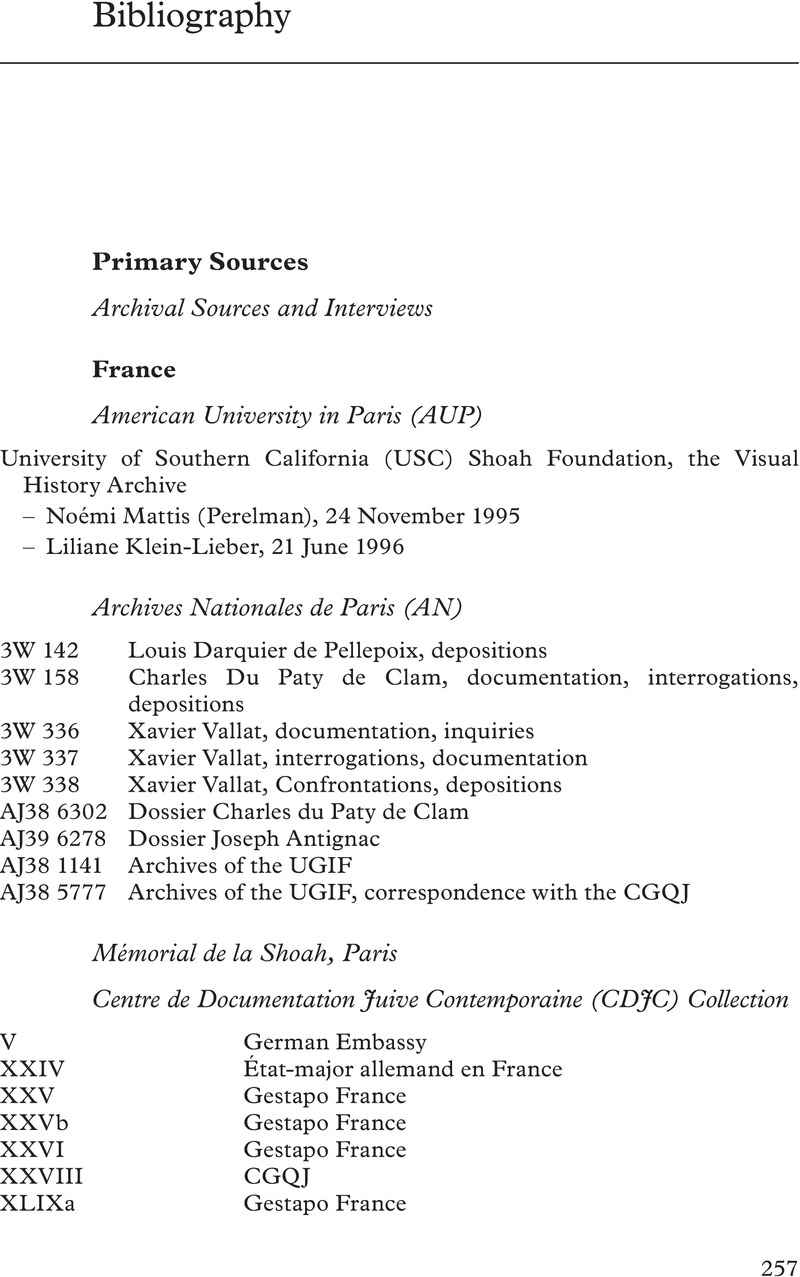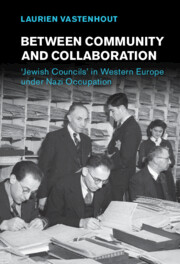Book contents
- Between Community and Collaboration
- Studies in the Social and Cultural History of Modern Warfare
- Between Community and Collaboration
- Copyright page
- Dedication
- Contents
- Illustrations
- Preface
- Abbreviations
- Introduction
- 1 Disrupted Communities?
- 2 Institutional Rivalry and Improvisation
- 3 Leadership of the ‘Councils’
- 4 Optimism and Frustration
- 5 Between Legality and Illegality
- Epilogue
- Bibliography
- Index
- References
Bibliography
Published online by Cambridge University Press: 15 September 2022
- Between Community and Collaboration
- Studies in the Social and Cultural History of Modern Warfare
- Between Community and Collaboration
- Copyright page
- Dedication
- Contents
- Illustrations
- Preface
- Abbreviations
- Introduction
- 1 Disrupted Communities?
- 2 Institutional Rivalry and Improvisation
- 3 Leadership of the ‘Councils’
- 4 Optimism and Frustration
- 5 Between Legality and Illegality
- Epilogue
- Bibliography
- Index
- References
Summary

- Type
- Chapter
- Information
- Between Community and Collaboration'Jewish Councils' in Western Europe under Nazi Occupation, pp. 257 - 285Publisher: Cambridge University PressPrint publication year: 2022



